First of all, let’s look at and into the packaging, where ASRock has also really put some effort into highlighting the special nature of the product. Even the outer box catches the eye with its design of matte and shiny surfaces and green accents on the front. On the back, as usual, the most important features are once again highlighted with illustrations. The front can even be opened up, where even more highlight features are graphically presented. But more on that in a moment.
Inside we find the board, tied down with cable ties in a foam transport frame in typical ASRock fashion, and a box with the accessories. In addition to the manuals, the printed materials also include a postcard, a door hanger and a foil with stickers. As hardware additions there are 4 black SATA cables, 2 screwable adjustable WIFI- antennas, 3 sets each consisting of standoff and screw for the M.2 slots, a matching screwdriver, 2 velcro straps and the driver DVD.
The board itself has a black PCB, on top of which placed are black aluminum heatsinks with green anodized trim. There are also a few gold accents here and there, like the OC Formula logo on the chipset heatsink or Nick Shih’s signature on the IO cover. The golden capacitors and contacts of the audio section fit in well here, only the red audio capacitors in the lower left corner disturb the overall picture a bit.
On the top side of the board, two 30 mm fans are installed at the heatsink of the power supply, and there is even a third one hidden in the IO heatsink. Fortunately, these are relatively quiet and can be deactivated via BIOS or by unplugging the power cable. The two visible fans are read out as MOS Fan 1, the hidden one under the IO cover MOS Fan2.
With such a powerful VRM, as it is installed on this board, active cooling could probably be completely avoided, at least in daily operation. And if you push the board to its limits with extreme cooling of the CPU like LN2, the heatsinks will be dismantled anyway and the cooling of the VRM will be solved otherwise. In that respect, I don’t really understand the point of the small fans, but so be it.
ASRock has also added a backplate to the rear of the board to improve stability. This is also made of black anodized aluminum with green accents. A milky acrylic element with white lettering is integrated in the top left-hand corner, which shines in any colour during operation thanks to the RGB lighting. On the bottom right, the aluminum was brushed and the OC Formula logo was cut out. This element in particular looks almost too good, in my opinion, to almost never be seen on the back of a board.
No expense or effort was spared on the IO with fixed shield either. From left to right, there are two buttons, for CMOS-Clear – resetting the BIOS – and BIOS Flashback – installing a new BIOS version even without an installed CPU. Next to it is a physical switch for switching between the two installed BIOS chips. Compared to other boards, where this switch is usually found on the front, this is a particularly forward-thinking and well thought-out position, especially for a possible installation in a case.
Again next to it, you’ll find the two antennas for 802.11ax Wi-Fi 6E with Bluetooth 5.2 and dedicated PS/2 mouse and keyboard ports. The latter are needed for Windows XP compatibility, as some benchmarks simply run faster there to this day. Now the numerous USB ports begin, first a bank of 4 USB 3.2 Gen1 10 Gbit/s ports through an ASMedia ASM1074 hub, the lowest of which can be used for BIOS flashback functionality. In addition, there are a total of 4 USB 3.2 Gen2 20 Gbit/s ports, 3 Type A and 1 Type C in two banks and the two Ethernet NICs above them. The blue NIC on the left supports 2.5 Gbps through an Intel I225V chipset, the black NIC on the right supports 1 Gbps with an Intel I219V chipset.
Finally, the board also has the usual high-end 7.1 portfolio of audio connectors, consisting of 5 gold-plated and illuminated 3.5mm jacks and an optical SPDIF output, all powered by a Realtek ACL1220 codec. Moving on to the onboard connectivity options on the front of the board on the next of the article.















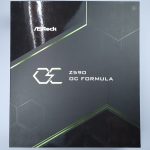
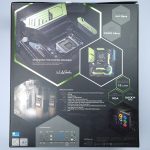
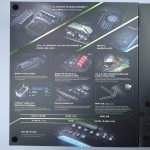
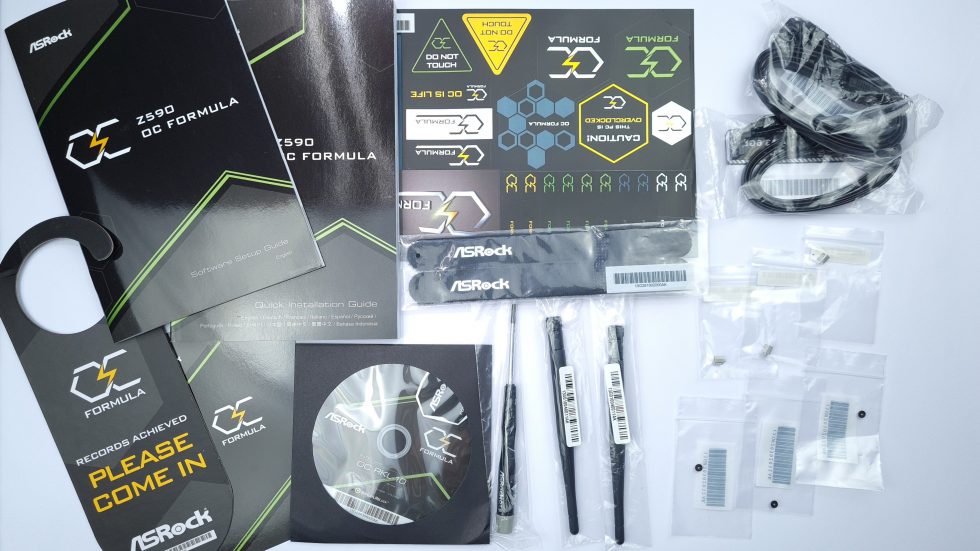
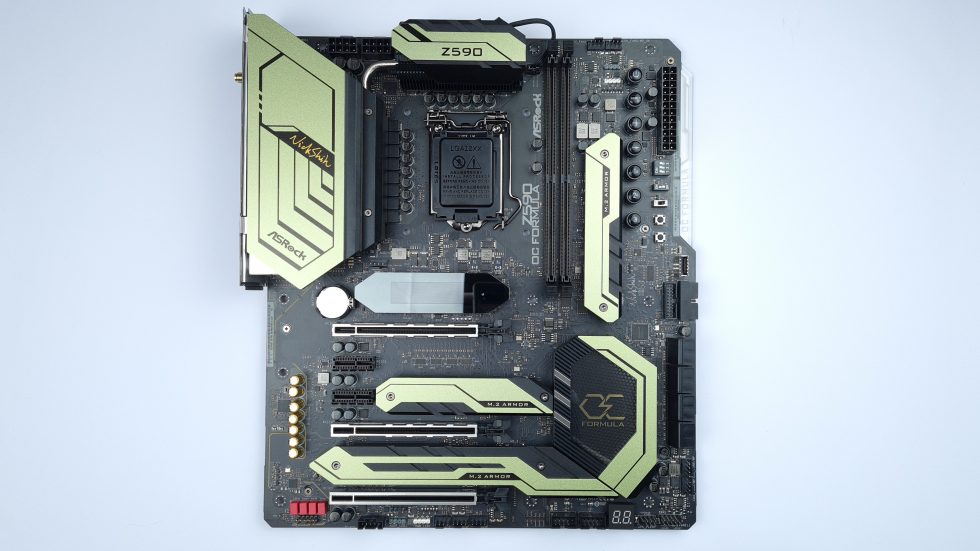
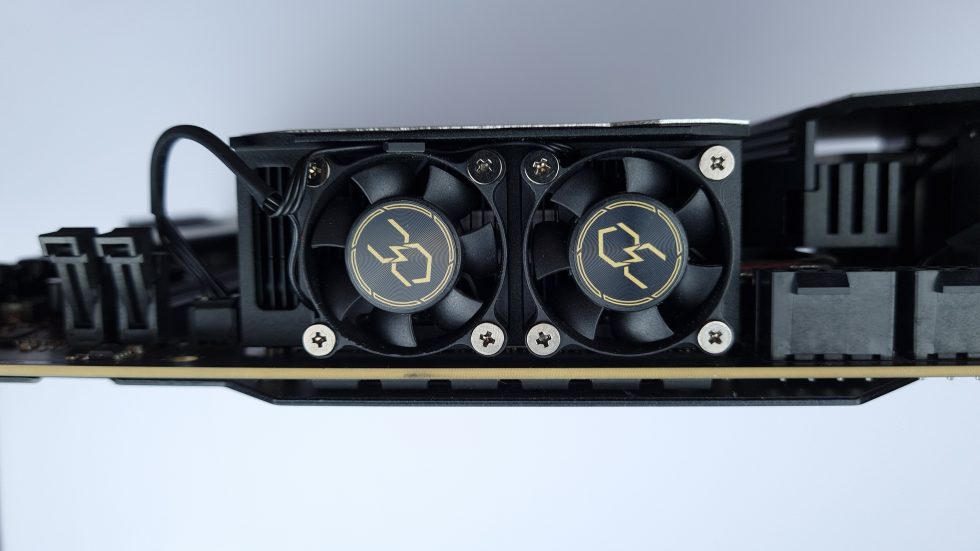
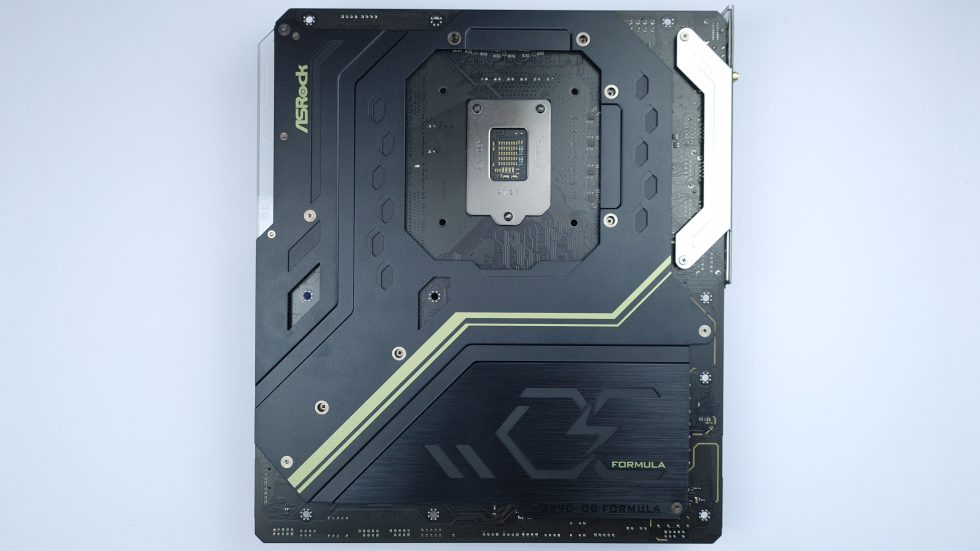
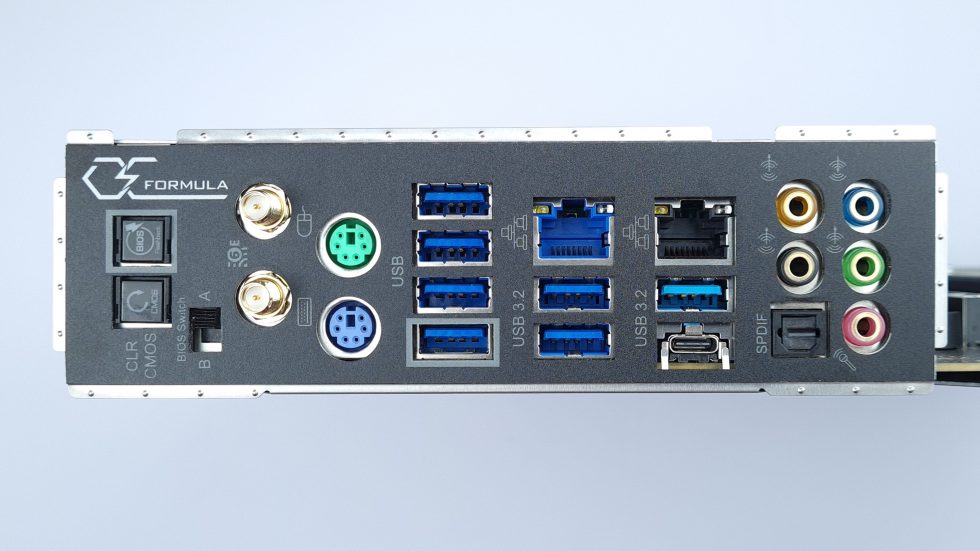

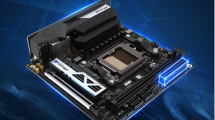


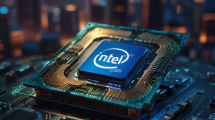













11 Antworten
Kommentar
Lade neue Kommentare
Veteran
Mitglied
Veteran
Moderator
Neuling
Urgestein
Veteran
Urgestein
Neuling
Mitglied
Alle Kommentare lesen unter igor´sLAB Community →